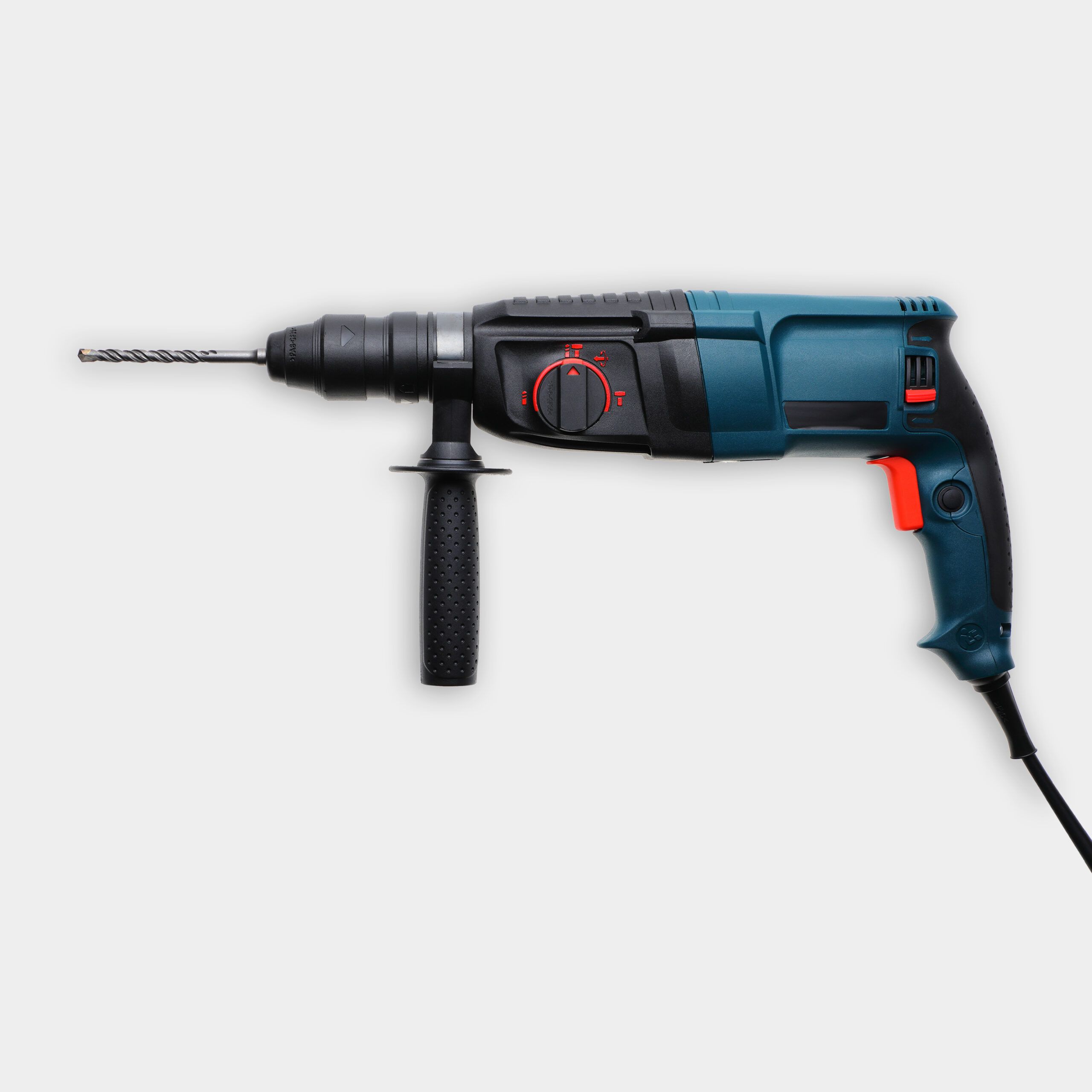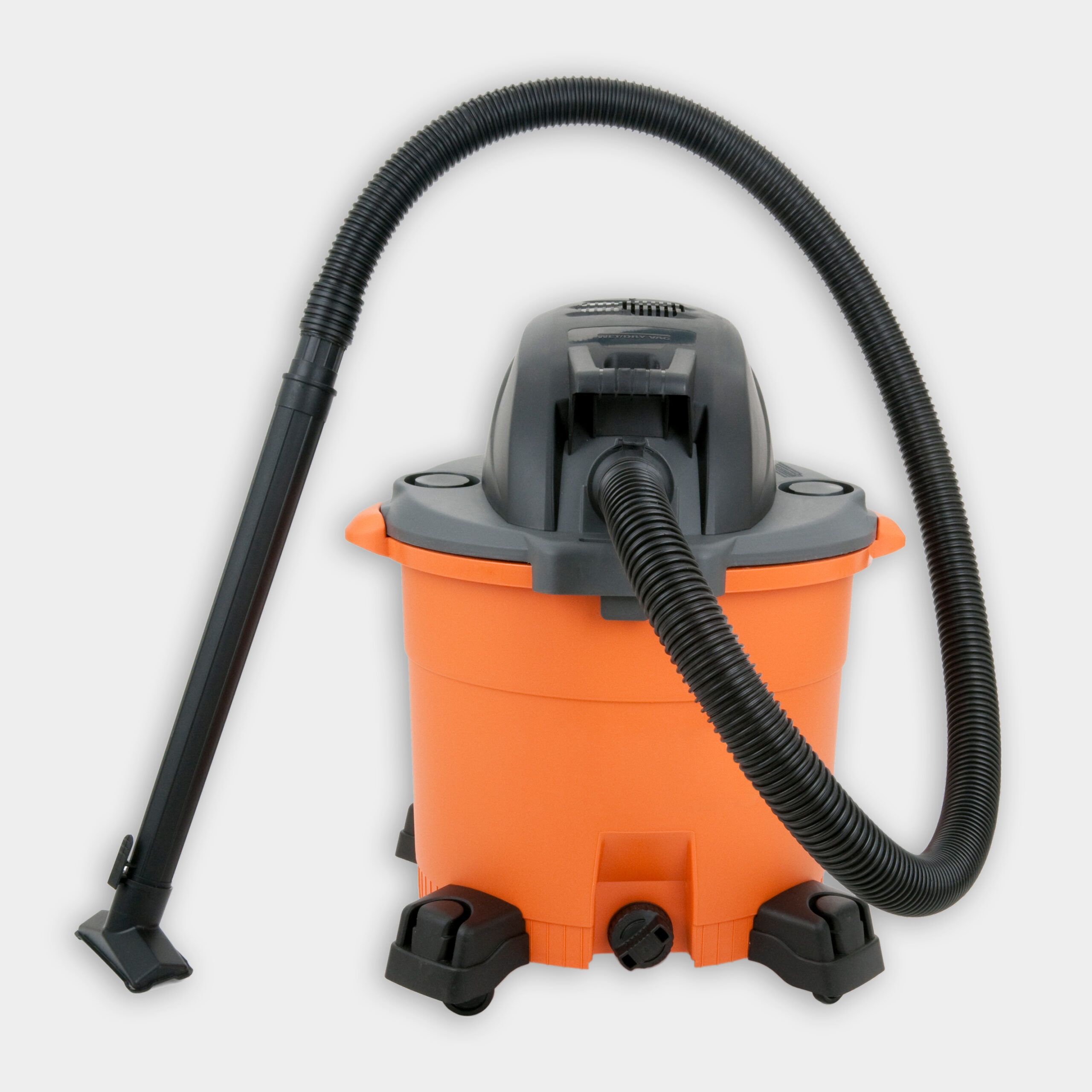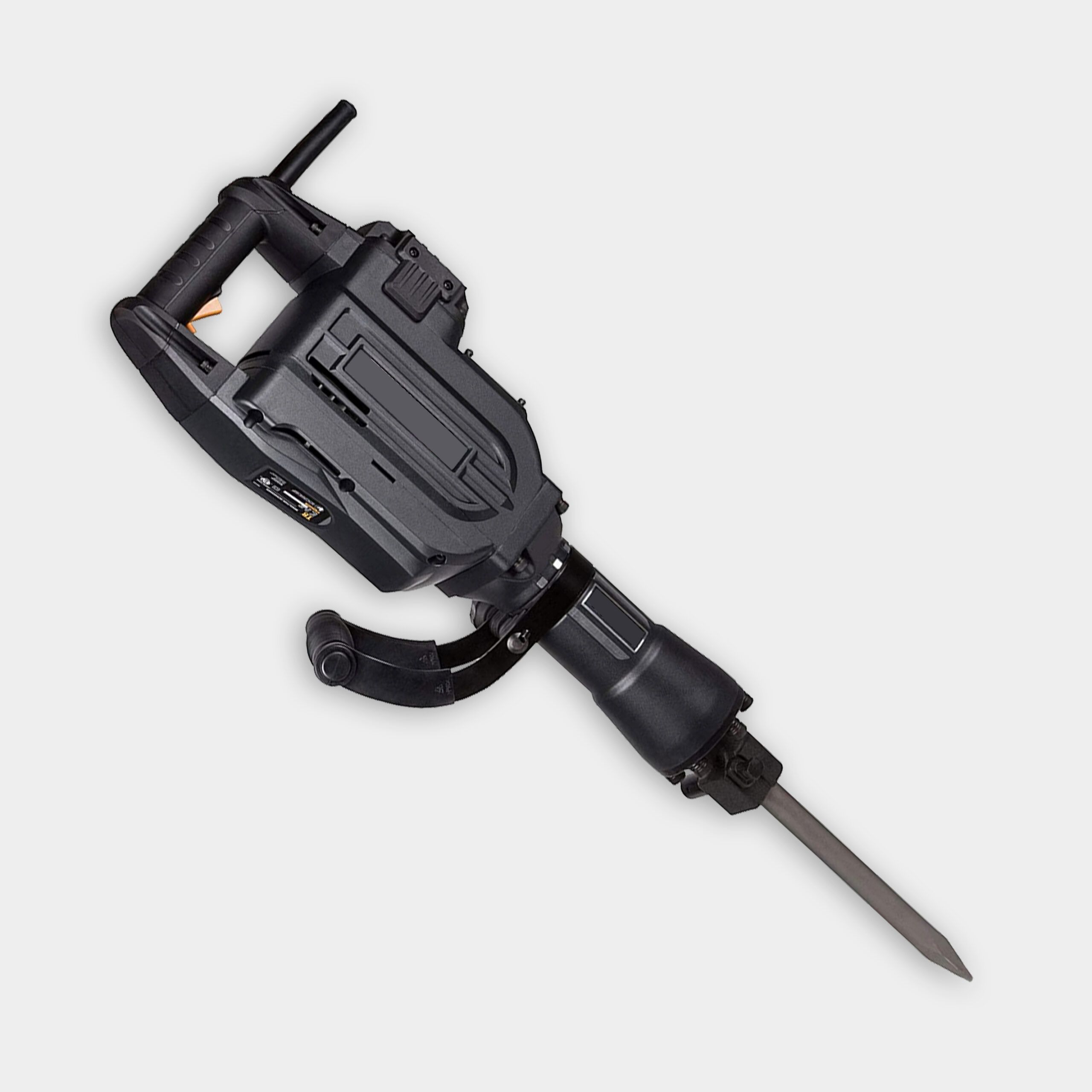Radon, an odorless radioactive gas, can pose serious health risks if it accumulates in your home. Installing a radon mitigation system is incredibly important to protect your family from this invisible threat. This process involves creating a pathway for radon to be safely vented out of your home, reducing indoor radon levels.
We recommend hiring a professional for this job because it requires specialized knowledge and equipment. However, if you want an overview of the process, This Old House host Kevin O’Connor shows how to install an effective radon mitigation system in the video above.
Understanding Radon and Its Risks
Radon is a naturally occurring radioactive gas produced by decaying uranium in soil and rock. While it’s present in small amounts everywhere, it becomes dangerous when it concentrates in enclosed spaces like basements. The Environmental Protection Agency (EPA) identifies radon as the second leading cause of lung cancer in the United States, making it a serious health concern for homeowners.
The Need for Radon Testing
The first step is to determine your home’s radon levels. Radon test kits are readily available online and in home improvement stores. The EPA recommends taking action if your home’s radon levels exceed 4 picocuries per liter (pCi/L). However, even levels between 2 and 4 pCi/L are enough to consider mitigation.
How Radon Enters Your Home
Radon typically enters homes through the following ways:
- Cavities inside walls
- Construction joints
- Cracks in foundation walls and floors
- Gaps around service pipes
- Sump pump pits
Planning Your Radon Mitigation System
A typical radon mitigation system uses a fan-powered suction method to draw radon from beneath the home and vent it safely outside. This approach, known as Active Soil Depressurization (ASD), is the most common and effective method for reducing indoor radon levels.
Choosing the Right System
Speaking to a certified radon mitigation professional can help determine the best system for your specific situation. The best radon mitigation method depends on several factors, including the following:
- Home foundation type (basement, crawl space, or slab-on-grade)
- Home layout
- Local climate
- Soil type beneath your home
System Components
A typical radon mitigation system include the following items:
- A manometer to monitor system pressure
- In-line fan for continuous suction
- Proper sealing of foundation cracks and openings
- PVC piping to transport radon gas
An efficient system may also use backer rods for sealing pipe penetrations and insulation for pipes in unheated spaces to prevent condensation, which could hinder airflow.
Radon Mitigation System: Professional vs. DIY Installation
While some homeowners may consider installing a radon mitigation system themselves, there are several reasons to consider professional installation, including the following:
- Ability to address unforeseen complications
- Access to specialized tools and equipment
- Expertise in system design and placement
- Guarantee of work and system effectiveness
- Knowledge of local building codes and regulations
Professionals bring valuable experience and skills that can guarantee your mitigation system is both reliable and compliant with local codes. They often provide warranties for their work, adding an extra layer of confidence in the system’s long-term effectiveness.
In many states, radon mitigation requires a license, making professional installation not only advisable but necessary.
Radon Mitigation System Installation
Though we recommend hiring a certified professional for this job, we’ve provided a general overview of the process below.
Step 1: Create the Suction Point
The first step is to create a suction point in the basement slab.
- Marking the location for the hole
- Using a rotary hammer to drill through the concrete slab
- Chiseling and cleaning the hole to ensure it’s large enough for the PVC pipe
Selecting the best suction point location can drastically improve your system’s efficiency. Generally, a spot near the center of the basement is ideal, but consider the layout and obstacles of your particular space.
Step 2: Excavate the Sub-Slab Pit
After creating the hole, the next step is to dig a small pit beneath the slab. This pit increases the area from which the fan can draw radon. The pit size depends on the soil type:
- For granular soil like gravel, a small pit will work
- For dense soil, a larger pit (about 20 inches in diameter) is necessary
A larger pit in dense soil types guarantees a more extensive area of air collection, which effectively reduces radon levels. This might require extended digging time, but it has long-term benefits.
Step 3: Install the Vent Pipe
Once the pit is ready, it’s time to install the vent pipe:
- Insert the PVC pipe a few inches below the slab level
- Route the pipe vertically through the house to the attic
- Use elbows and straight sections to navigate around obstacles
- Make sure all pipe joints are properly glued and supported
Check that the vertical pipe sections are plumb (perfectly vertical) so you get the best airflow. Also consider the future accessibility of these pipes for maintenance and checks.
Step 4: Seal the Slab Penetration
Good sealing around the pipe where it enters the slab is essential:
- Insert backer rod between the pipe and the concrete
- Apply hydraulic cement to create an airtight seal
- Allow the cement to cure for about 10 minutes before proceeding
Using hydraulic cement creates a durable and long-lasting seal. Check that there are no small gaps left around the pipe, as even minor leaks could reduce the system’s effectiveness.
Step 5: Install the Fan and Roof Penetration
The system’s fan is typically installed in the attic:
- Connect the vent pipe to the blower unit
- Run the exhaust pipe through the roof
- Properly flash and seal the roof penetration to prevent water from getting in
- Insulate the pipe in unheated spaces to minimize condensation
Safety is important during this step. Make sure you’re using the right equipment to avoid any unnecessary accidents.
Step 6: Add the System Monitor
Install a manometer in the basement so you and any future homeowners can check that the system is working. This simple gauge measures the pressure differential, indicating whether the fan is operating correctly.
Make sure that the manometer is in a visible and convenient spot in the basement so you can monitor the system regularly, catching early detection of any potential issues.
Step 7: Test the System
After installation, make sure your radon detection is working well:
- Use a smoke pencil to check for good suction at test holes drilled in the slab.
- Watch to see if the smoke is drawn into the holes, indicating the right sub-slab depressurization.
- Seal the test holes with hydraulic cement after confirming that your system works.
Maintaining Your Radon Mitigation System
Once installed, a radon mitigation system requires minimal upkeep. However, regular checks are important to make sure all is working well, so do the following:
- Inspect visible portions of the system for damage or leaks
- Listen for unusual noises from the fan, which could indicate a malfunction
- Monitor the manometer regularly to confirm the system is working
- Schedule periodic radon tests to check that levels remain low
Our Conclusion
Installing a radon mitigation system is a hugely important step in protecting your home and family from radon exposure. While the process may seem straightforward, the expertise required for proper installation often makes professional service the smartest choice. Regular monitoring and maintenance will keep your system effectively reducing radon levels, providing you with peace of mind.





